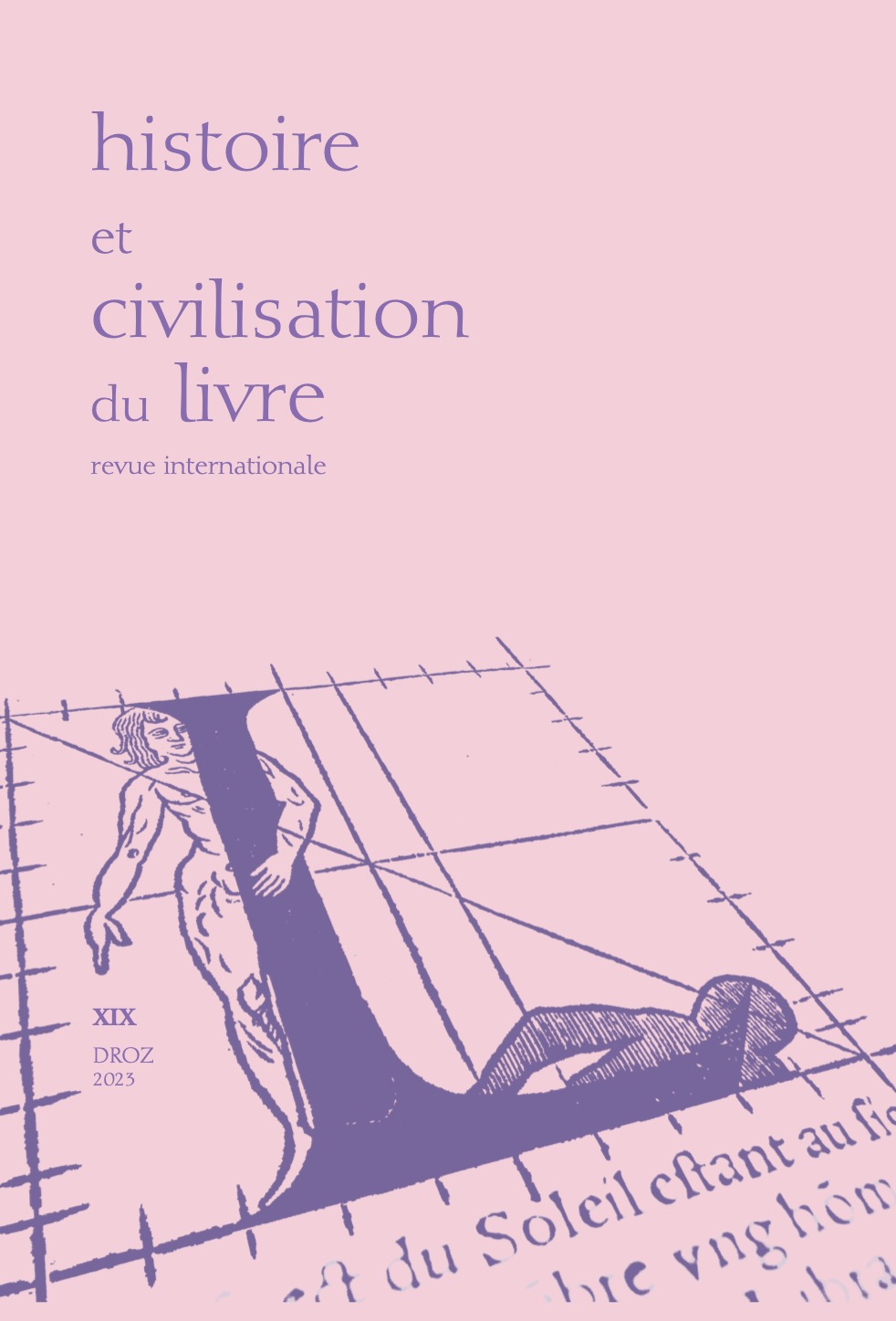Des livres jaunes aux livres en rose et bleu ?
Éditions imprimées de contes populaires et distinction de genre dans le Proche-Orient arabophone (milieu du XIXe siècle-années 1980)
Abstract
The oral narration of Arab folktales, which gradually declined in the nineteenth and twentieth centuries, was characterized by the affirmation of a strong gender distinction between stories specific to men and those specific to women. From the mid-nineteenth century onwards, the rise of printing in the Near East led to a transposition of these narratives from oral to printed forms, which took place in two ways. On the one hand, editions were produced from manuscripts, while on the other hand, editions were produced from oral material, which language was usually corrected. This article tackles the way in which the transition from one medium to another has affected the gender distinction associated with oral narratives, which may have manifested itself in the choice of published texts and the mode of their transposition. From this angle, the publication of Arabic-language folktales has followed several directions. First of all, it was characterized by the publication of tales associated with male narratives and sociability in small and cheap collections, as well as by the publication of the main works of male oral heritage adapted from manuscripts. This second form has mostly endured, alongside the emergence of editions of women folktales in specific political and cultural contexts.

